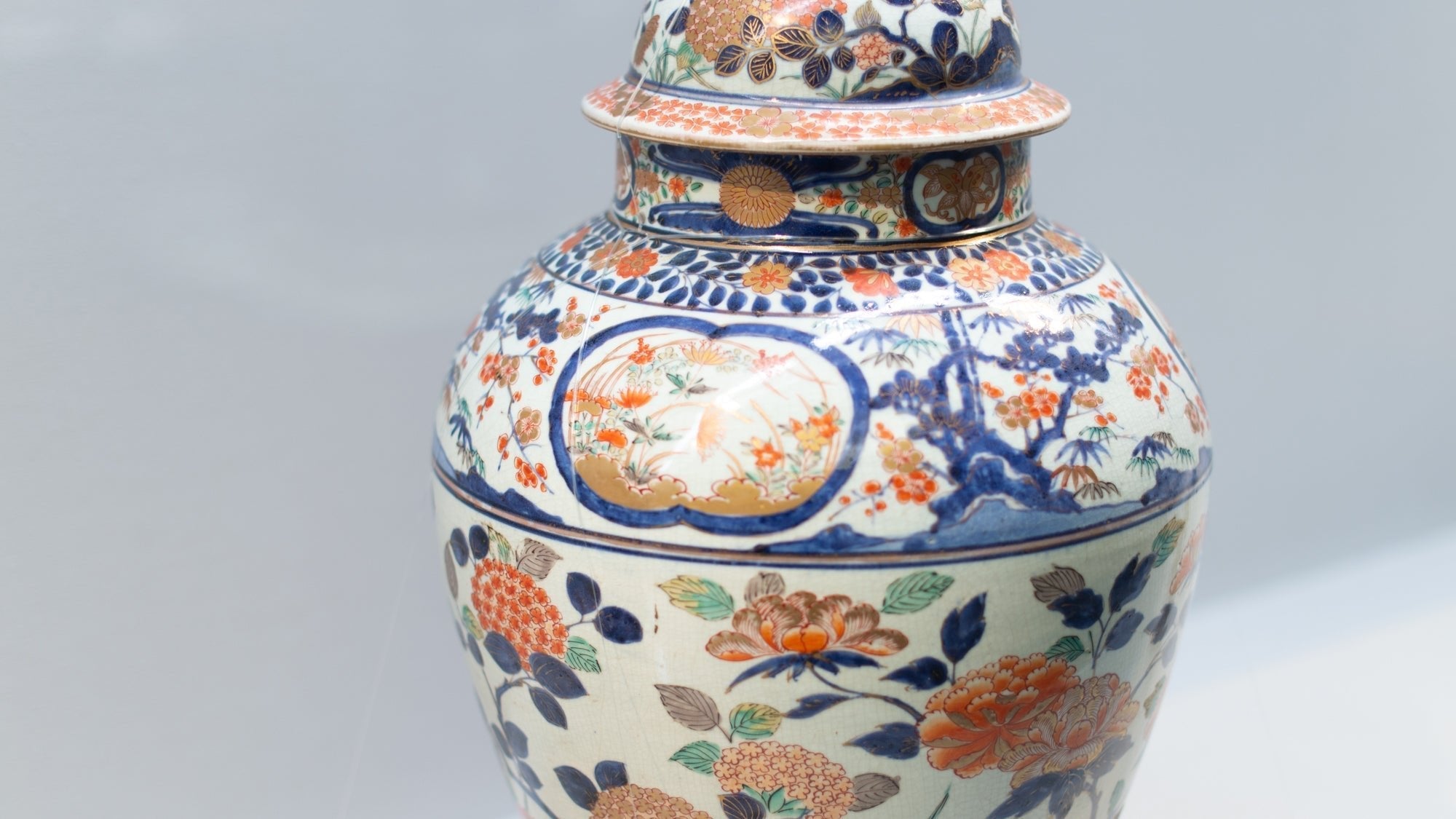
Discovering Unique Imari Artistry Behind Museum Doors
Written by Team MUSUBI
Many pieces of Japanese ceramics are preserved as works of art in museums, and among them, the pieces known as "Ko-Imari" are particularly popular.
The "ko" in Ko-Imari means "old" in Japanese, and refers to Imari ware made in the Edo period(1603CE – 1867CE). Overseas, it is sometimes called "Old Imari."
The region that gave birth to Imari ware is what is now known as Saga and Nagasaki Prefectures. Even today, in these areas, ceramics inspired by the designs of Ko-Imari continue to be produced, endlessly captivating people. In this article, I aim to explore their allure.

table of contents
To see Ko-Imari as works of art in person, I visited a special exhibition at the Matsuoka Museum of Art titled "Edo Period Ceramics: Ko-Imari Exhibition." The museum is located about a seven-minute walk from Shirokanedai Station in Tokyo's Minato ward. It's in a quiet area surrounded by a lush environment, with a park called "Institute for Nature Study" viewable in the background. This privately-owned museum is built in this verdant setting.
The location was originally the residence of the museum's first director and founder, Seijiro Matsuoka. He had a love for calligraphy, painting, and antiques from a young age and spent roughly half a century building an expansive collection. As he approached the age of 80, he began to think, "Exceptional works of art should be made publicly available so that as many people as possible who love art can enjoy them. Academically valuable items should serve as research materials for experts and budding scholars in the field. Only then will my years of collecting have real significance." With this mindset, he decided to establish the museum. All the works of art exhibited here were collected by Matsuoka in his lifetime, and ceramics alone make up about one-third of the entire collection.


Kakiemon Style: A Beloved Export Treasure

Ko-Imari was actively exported overseas from the mid-17th century for approximately 100 years. The Kakiemon style was developed to meet the strict quality standards demanded by the Dutch East India Company and was designed to suit the tastes of European nobility. The name "Kakiemon" is derived from Sakaida Kakiemon, the first-generation Kakiemon who developed the technique of red painting.

The motifs are asymmetrical designs featuring Chinese figures, birds, and flowers. On the first vase displayed, for example, Chinese people holding umbrellas are portrayed. The delicate artwork enhances the unique, milky-white porcelain—known as "Nigoshide"—and fills its space beautifully, expressing a uniquely Japanese aesthetic.

One distinctive feature of Kakiemon ceramics is that the vases and bottles are made from slabs of clay rather than being wheel-thrown. A hexagonal vase, similar to the one pictured, was also part of the Oriental porcelain collection that Mary II of England amassed in the Netherlands. It is named the "Hampton Court Vase" after the palace where it is housed.

It's said that wine jugs like the one in this photo were produced only for a brief initial period of export from the mid-17th century until wine began to be bottled in glass containers sealed with corks. Similar to the first jar, this jug also features figures holding umbrellas.
Kinrande Style: A Showcase of Overwhelming Luxe
Capitalizing on this popularity, production of ceramics in the Kinrande style began in Arita, Japan, in the 1690s, inspired by the Chinese version. These dazzling ceramics, lavishly adorned with underglaze blue, overglaze enamels, and gold, were produced for both domestic and foreign markets. Over time, the focus of exports shifted from the Kakiemon style to the Kinrande style. Some of the ceramics made in this style were known as "Old Japan" in Europe and became popular items.

Seeing the actual pieces, you may notice that the strong gold impression suggested by the name has muted over time. Instead, the contrast between red and navy blue colors leaves a much stronger impression, enhanced by bold designs that exude a powerful aura.


It seems that odd sets of these large jars and cylindrical vases were displayed in palaces and noble residences of the time. A photograph placed at the bottom right of the exhibit shows this arrangement. The grand scale of these works is a remarkable indication that they are exports.

At first glance, I thought it was a bowl for simmered dishes, but it turned out to be a cup and saucer for hot chocolate. I learned that the lid and slender design have been cleverly crafted to suit hot chocolate consumption. The unexpected purpose isn't immediately obvious, compelling me to pause and take a closer look as it's explained.
Ko-Kutani Style: The Undisputed Domestic Favorite


The color palette of blue (green), yellow, red, purple, and dark blue is overall quite subdued. The richness of its design ideas and the artistry of its composition continue to captivate those who see it even today.

A splendid bowl featuring vibrant greens and yellows was displayed in a case. This color contrast, traditional geometric pattern and bold composition has an ukiyoe-like impact and a somewhat modern look.
Nabeshima Style: Masterful Colors and Composition
The overglaze-painted pieces are also known as "Iro-Nabeshima (Colored Nabeshima)," and feature a four-color palette consisting of underglaze blue, and overglaze red, green, and yellow. Elegantly painted with flora and fauna, landscapes, gem-like patterns, and geometric motifs, they are often considered masterpieces of decorative art.



All the pieces displayed here have similar shapes, which makes it easier to discern the differences in style. They share common elements such as a comb-pattern on the foot and faint underglaze blue lines. Despite the vibrant overglaze painting, the underglaze blue serves as the foundation for the decoration, giving the pieces a refreshing and dignified presence.
Nabeshima ware possesses an extraordinary level of elegance and flamboyance, exuding a dignified presence befitting of dishware loved by feudal lords. The fact that master craftsmen of the time were gathered to create these pieces speaks volumes. One can discern the unparalleled levels of technical skill and artistic ingenuity that went into their making.
Journey Through Art and Time
Should the opportunity arise, I wholeheartedly recommend a visit to immerse yourself in the Ko-Imari masterpieces that can only be fully appreciated within the reverent halls of an art museum. There, you may come to intimately experience both the captivating beauty and the rich history of these remarkable works.




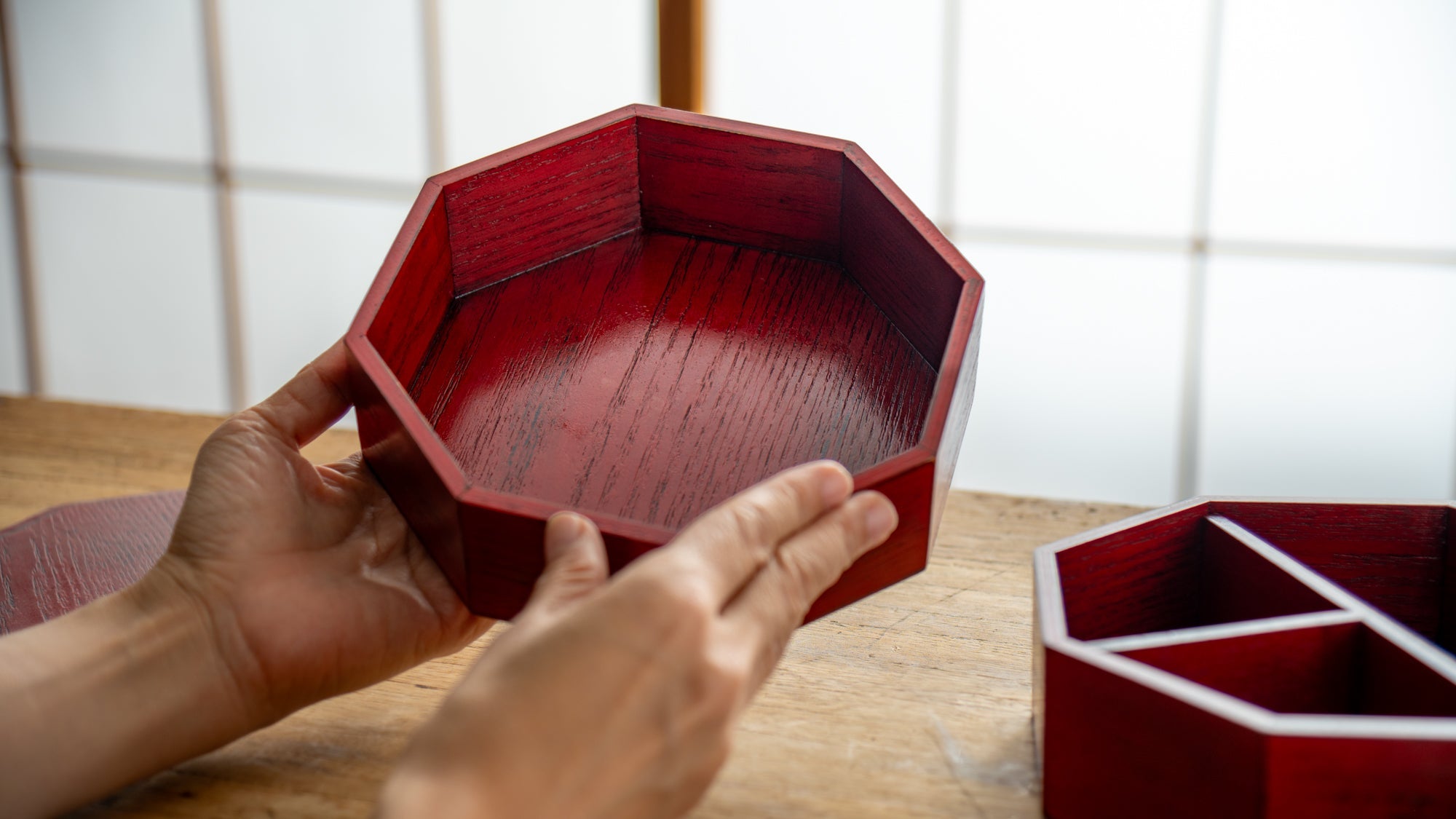

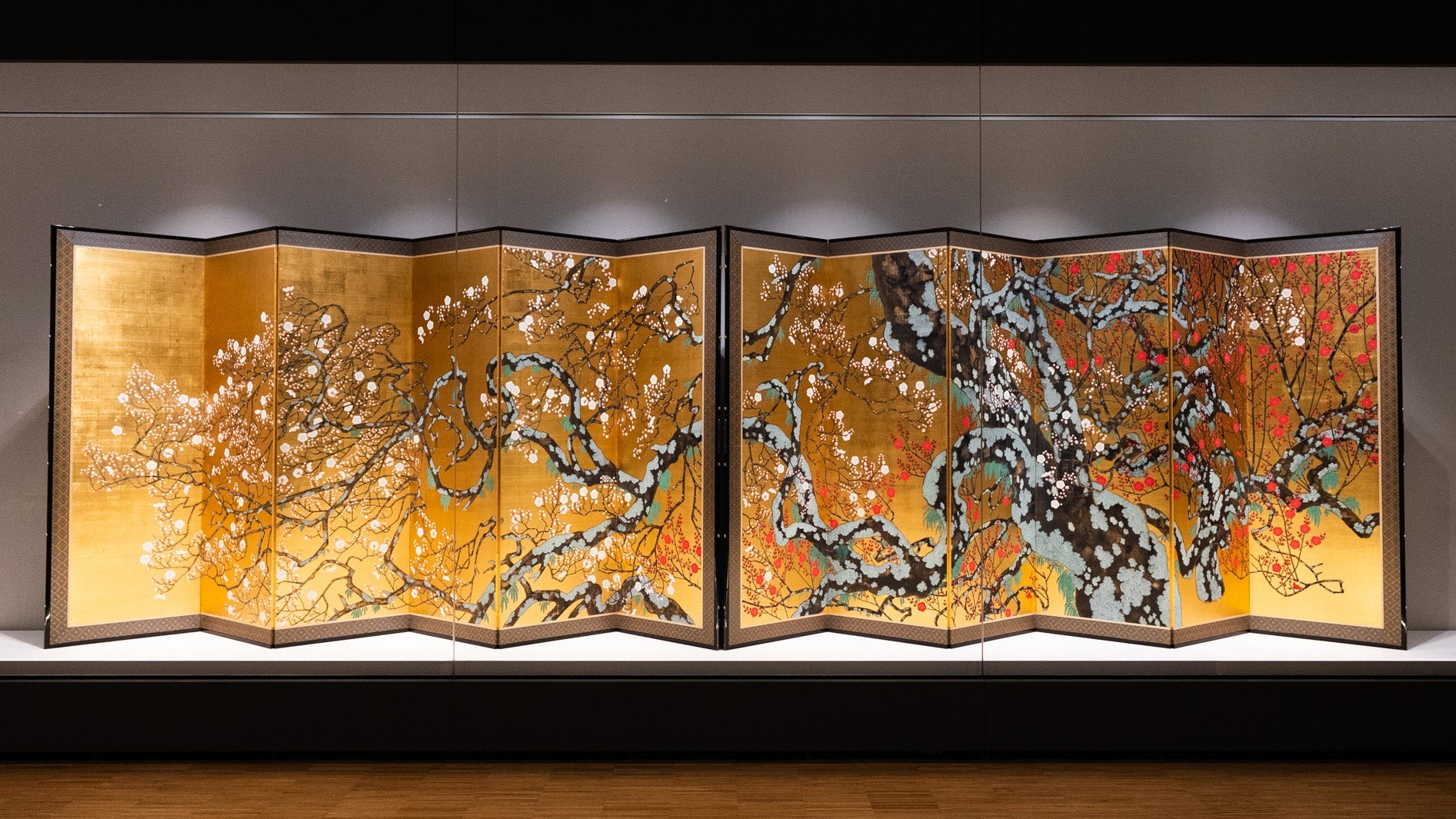
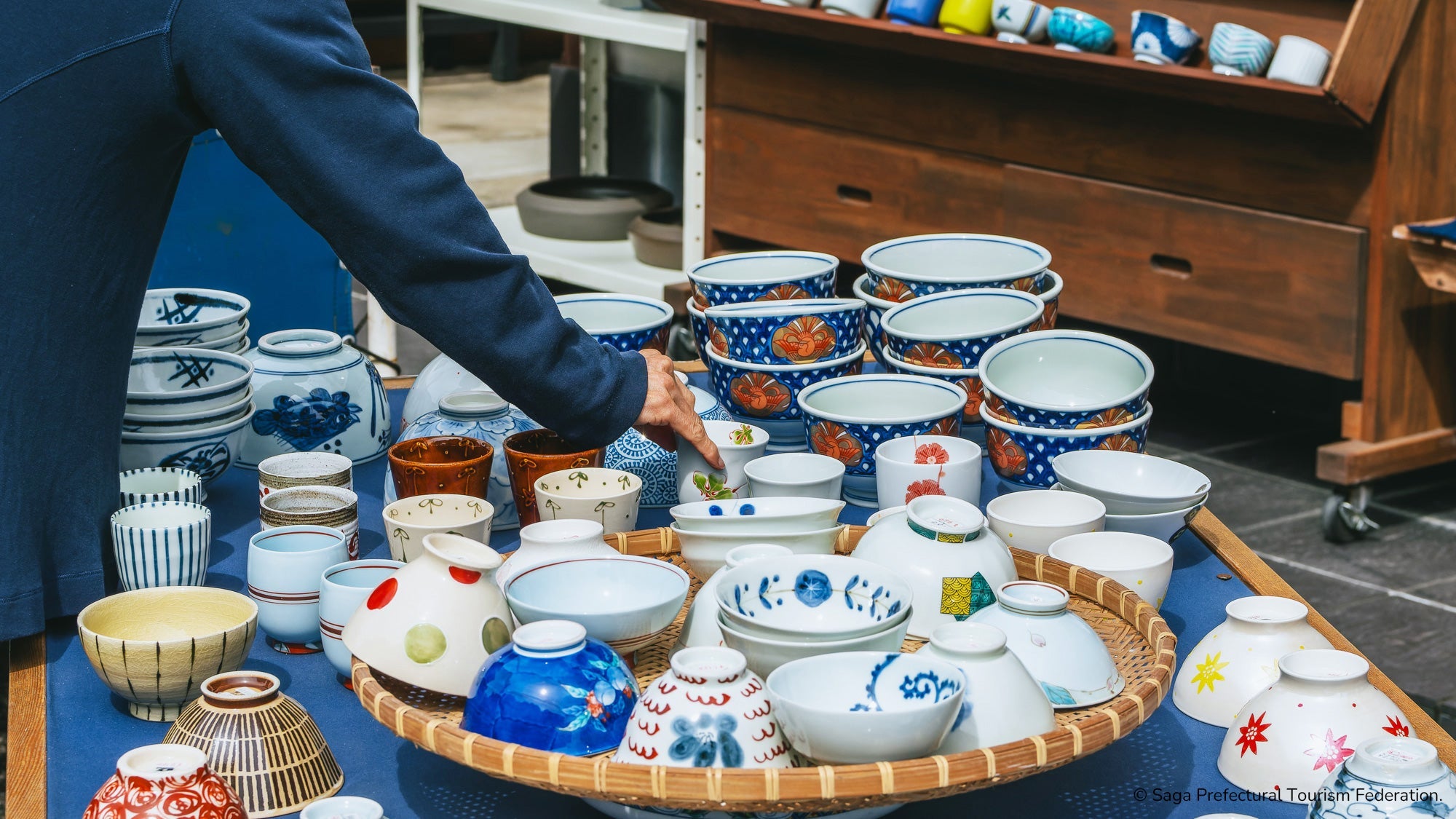
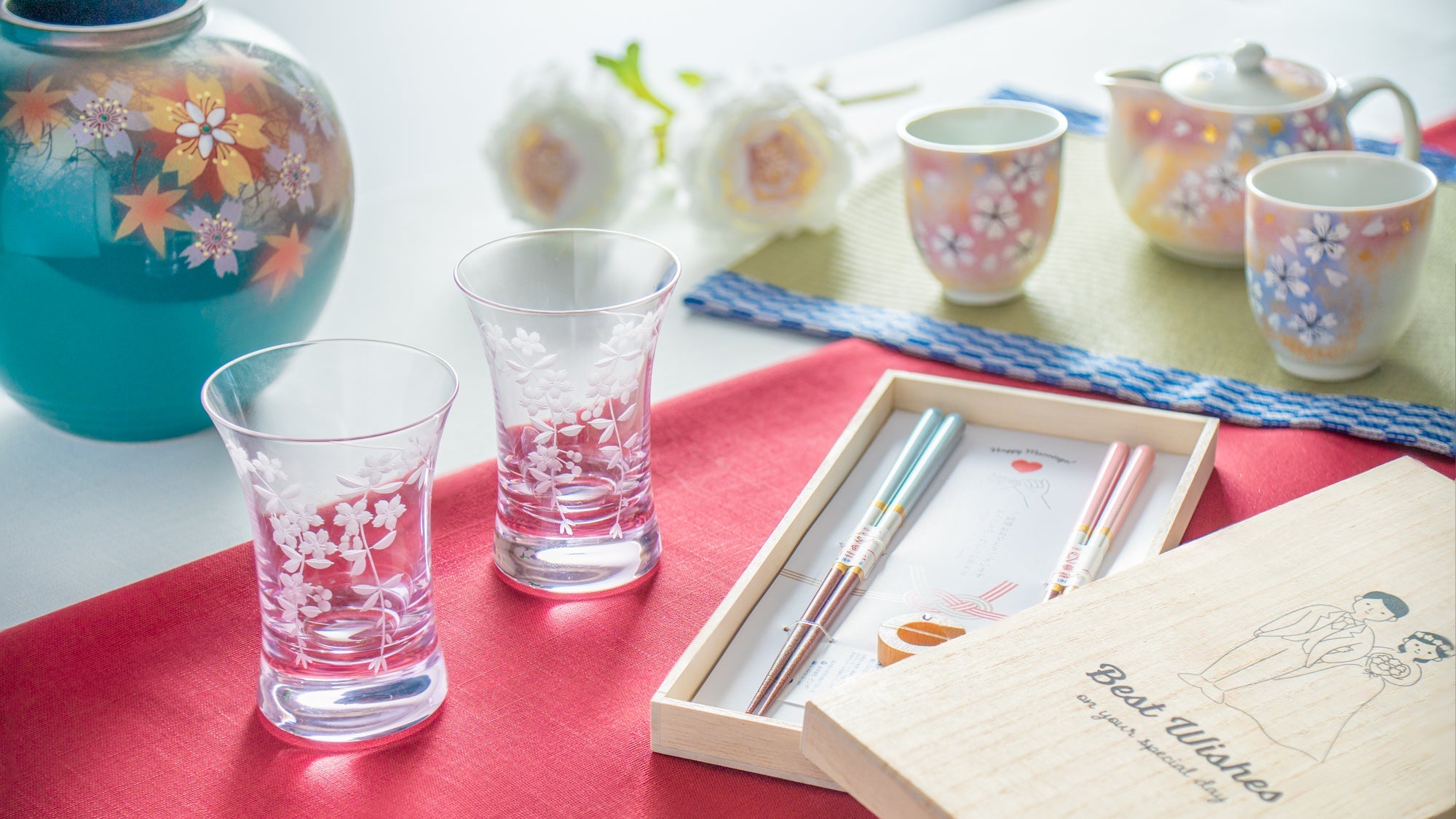
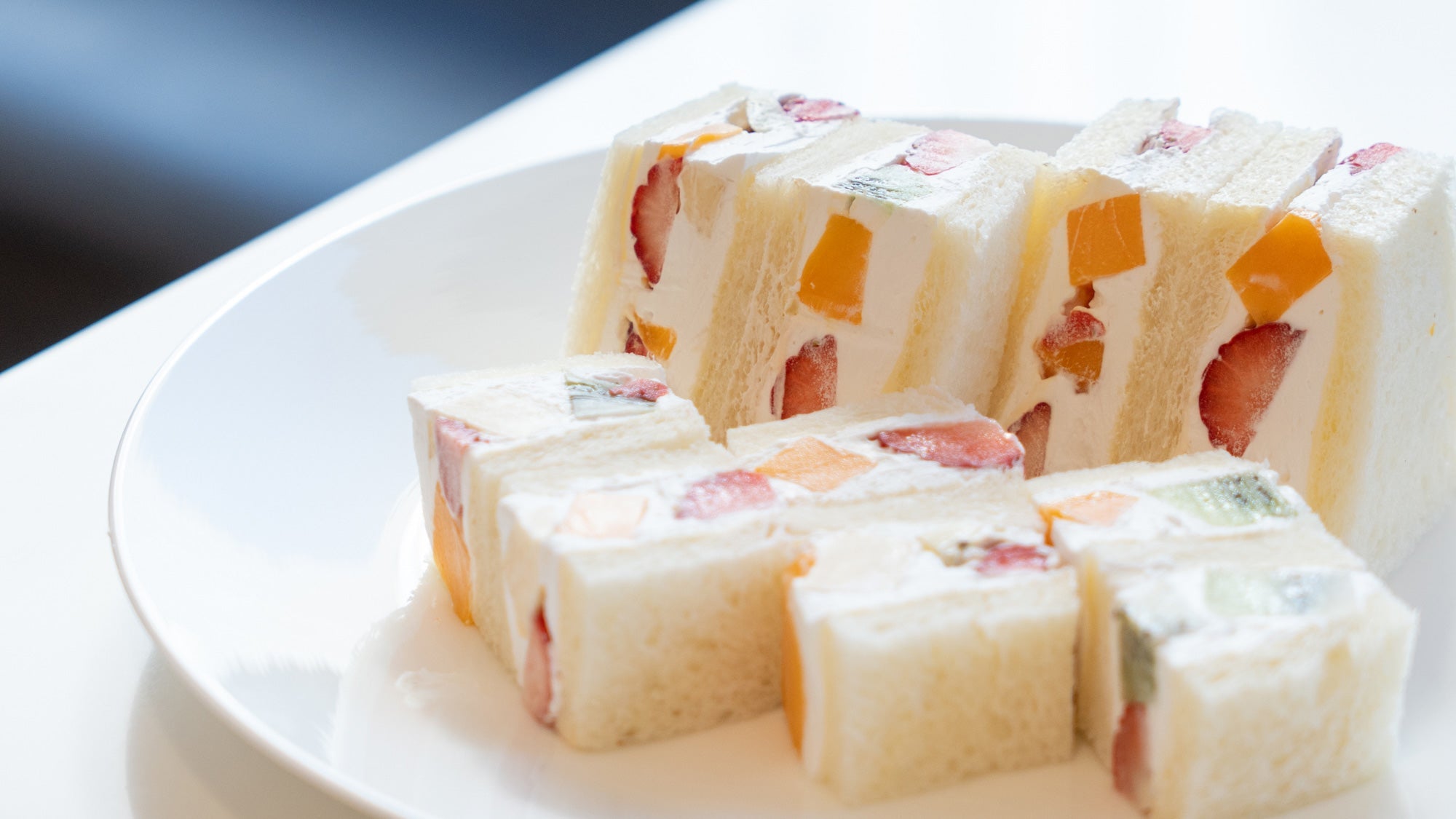

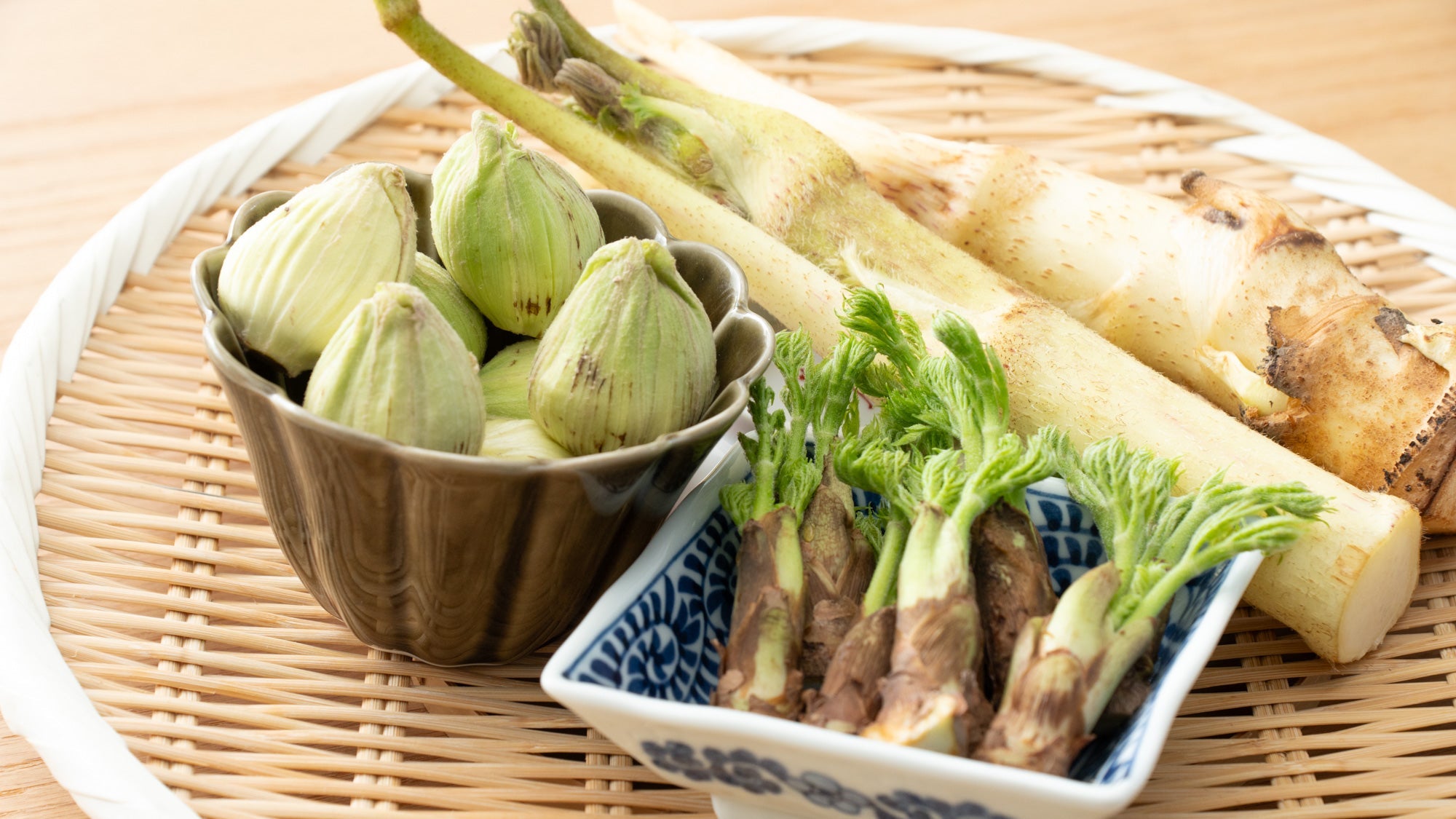

Leave a comment
This site is protected by hCaptcha and the hCaptcha Privacy Policy and Terms of Service apply.